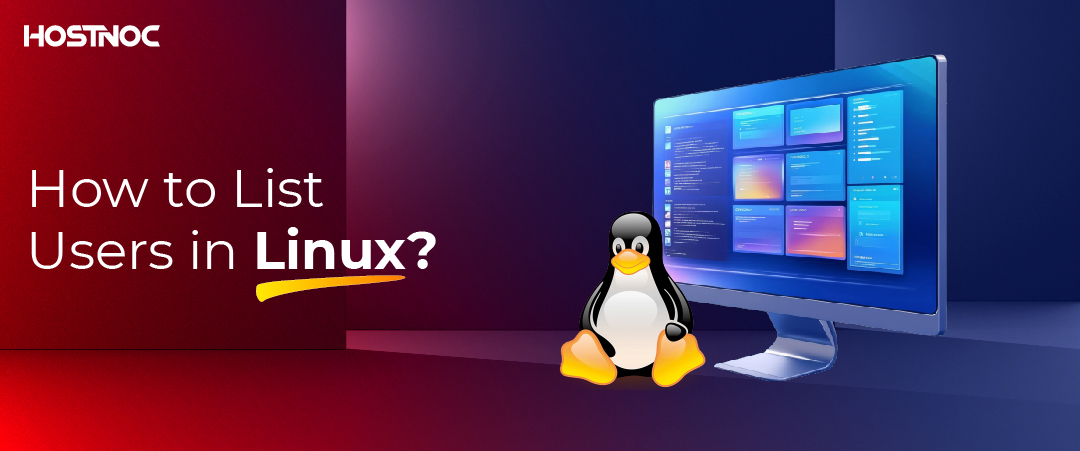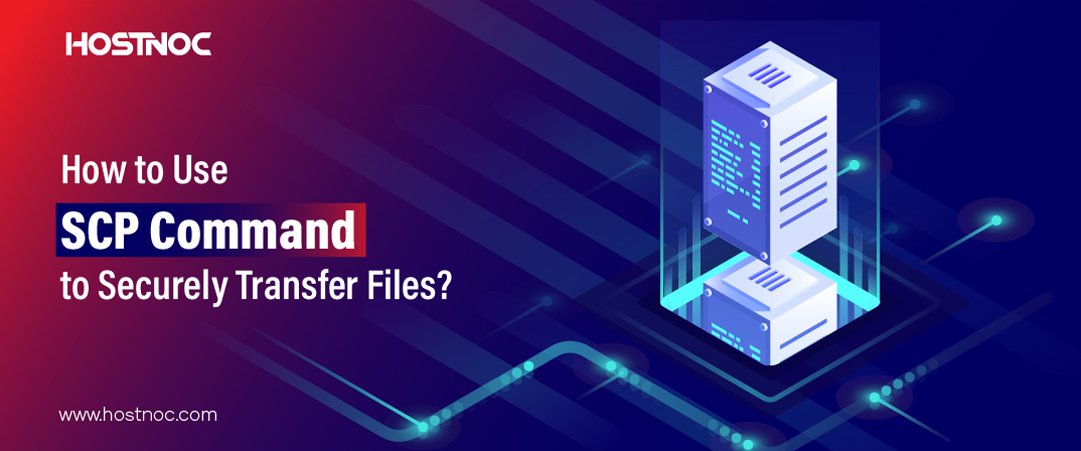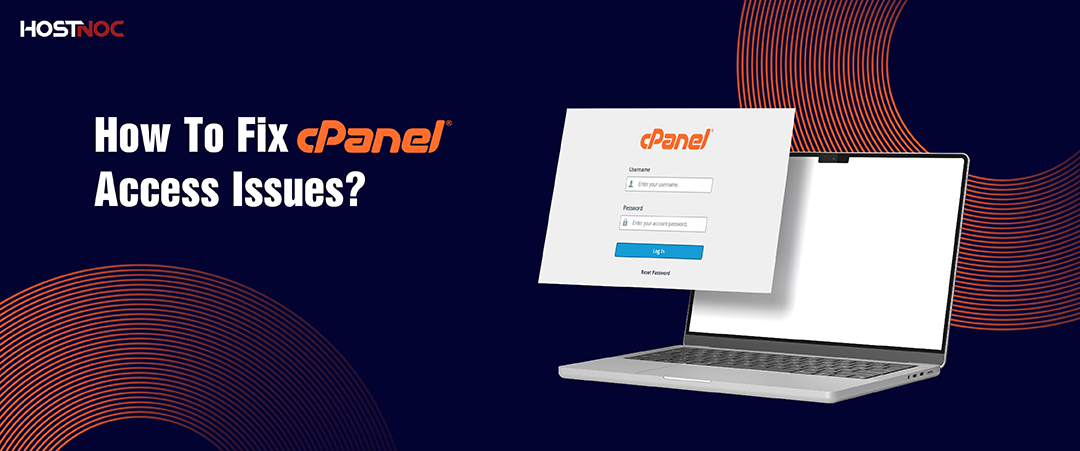Blogs

Server Operating Systems: Everything You Need to Know
October 10, 2024
Server Maintenance: The Only Guide You Will Ever Need
October 29, 2024Server Hardware: A Guide to Choosing the Right Server Components
Selecting the right server hardware is crucial for any business looking to set up a server environment. The components you choose will impact performance, scalability and costs. This guide will walk you through the key considerations when selecting server hardware components.
Selecting the right server hardware is crucial for any business looking to set up a server environment. The components you choose will impact performance, scalability, and costs. In this guide, HOSTNOC will walk you through the key considerations when selecting server hardware components.
What is Server Hardware?
Server hardware refers to the physical components that form the backbone of a server, which is designed to store, manage, and process data for networks, websites, and applications. This includes powerful processors (CPUs), high-capacity memory (RAM), storage devices (HDDs, SSDs), network interface cards (NICs), motherboards, and power supplies.
Server hardware is optimized for continuous operation, scalability, reliability, and redundancy, ensuring smooth performance for enterprise-level services. Key components like RAID arrays, cooling systems, and high-throughput networking equipment also play a vital role in maintaining server uptime, speed, and fault tolerance, making server hardware crucial for data centers, cloud computing, and web hosting.
How To Choose The Right Server Components?
1. CPU
The Central Processing Unit is essentially the brain of a server. When choosing a CPU, core count, clock speed, cache size, and architecture are key factors.
Core Count – Servers generally need multiple CPU cores to handle multiple tasks and users efficiently. Quad-core is a minimum, but eight-core or higher is recommended for busy servers.
Clock Speed – Measured in gigahertz (GHz), the clock speed determines how fast each CPU core operates. For intensive applications, a faster clock speed above 3GHz is ideal.
Cache – The cache stores frequently accessed data for faster retrieval. A larger cache (20MB or more) minimizes latency.
Architecture – Newer architecture, like Intel Xeon Scalable or AMD EPYC, offers performance and efficiency gains over older architectures.

2. Memory
Sufficient RAM in a server is essential to prevent bottlenecks and enable efficient multitasking. ECC (error-correcting code) memory is advisable to detect and correct errors, ensuring data integrity and server reliability. Overall, ample RAM capacity and error-correction technology are crucial for optimal server performance. Consider ECC (error-correcting code) memory, which detects and corrects errors.
3. Storage
The storage capacity and configuration significantly impact server performance.
Key considerations include:
Disk interface – Faster interfaces like Solid State Drives, Serial Attached SCSI, or Non-Volatile Memory Express are better for applications requiring high input/output operations per second and low latency. Serial Advanced Technology Attachment Hard Disk Drives are economical for high capacity.
RAID levels – RAID 0, 1, 5, 6, 10 provide redundancy and protect against disk failures. The right level depends on I/O performance vs. fault tolerance needs.

Drive bays – Support for multiple drive bays enables adding storage capacity when required. Hot-swap bays simplify drive replacement.
Caching – Adding Solid State Drives as cache improves performance by storing frequently accessed data.
4. Networking
Network bandwidth and latency directly affect the server’s connectivity and responsiveness. 1-gigabit Ethernet network interface cards are common, but 10-gigabit Ethernet or higher is recommended for performance-critical applications.
Other aspects to consider are:
RDMA support – Remote Direct Memory Access reduces latency for high-speed networking using Ethernet.
Network adapter – Choose reliable server-grade adapters over consumer-grade options.

5. Power Supply
When selecting a power supply unit for your server, consider wattage, efficiency (80 PLUS Bronze or better) and modular design for cable management and airflow. Prioritize voltage regulation, low ripple levels, and built-in protections like Over Voltage Protection, Overcurrent Protection, Short Circuit Protection and Under Voltage Protection.
Ensure fan control, active power factor correction and compatibility with your case and motherboard. Choose a reputable brand with relevant certifications. Option for a power supply unit with a warranty of at least 3-5 years for reliability and performance.
Wattage – The Power supply unit must have sufficient wattage to support all components. Calculate Thermal Design Power to determine the wattage needed.
Redundancy – Dual Power supply units provide failover in case one power supply unit fails.
Efficiency rating – Higher efficiency ratings, like 80 Plus Titanium, save power and cost.
Modularity – Modular power supply units allow swapping out cables to reduce clutter.

6. Motherboard
The motherboard connects all the components together and must be compatible. When selecting a motherboard for your server, compatibility is paramount. The motherboard serves as the central hub that connects all the essential components of your server, including the CPU, RAM, GPU, hard drive, network and power supply.
It is crucial to ensure that the motherboard you choose is compatible with the specific components you intend to use. Different motherboards support different CPU sockets, RAM types and expansion slots. Additionally, consider factors like form factor, which determines the size and layout of the motherboard. Another important factor to consider is the number of ports and connectors. This will impact the overall functionality and expandability of your server.
Make sure you do your research and verify the compatibility of each component so that your server can perform optimally.
Get best deals in Dedicated server hosting
7. Cooling and Server Case
Heat is the biggest enemy of your server components. Proper cooling is vital to prevent overheating and component damage. Choose a server case with good airflow.
Here are some of the things you must consider when choosing a server case.
- Form Factor:
Ensure your server components fit in the case.
- Cooling Fans:
Invest in high-quality fans to maintain optimal temperatures.
- Rack vs Tower:
Decide if you want a rack-mounted or tower server. The choice usually depends on your technology infrastructure.

8. Server Management and Remote Access
Consider server management features like:
- Out-of-Band Management:
Look for servers with IPMI (Intelligent Platform Management Interface) or similar technologies for remote server monitoring and control.
- Server Hardware Redundancy:
Some servers offer redundant components such as power supplies and network adapters for added reliability.
9. Future Expansion
Plan for future growth by ensuring your server hardware is scalable. Choose a motherboard with available expansion slots and room for additional storage and memory.
Read more: Server Management: The Ultimate Guide
10. Vendor Support and Warranty
Select reputable server hardware vendors that offer reliable support and warranties. This is crucial for timely troubleshooting and component replacement in case of failures. When it comes to selecting hardware vendors that provide reliable support and warranties, a few industry leaders stand out.
For instance, Dell has a strong reputation for its comprehensive support services and extensive warranty options. They offer various service levels, including next business day on-site support, which ensures timely troubleshooting and component replacement. Lenovo-warranty programs also offer flexible coverage and prompt service, giving organizations confidence that their critical hardware is protected and maintained efficiently.

Another reputable choice is Hewlett-Packard. HP is known for its responsive customer service and flexible warranty packages. Lenovo is also recognized for its excellent support with options like Premier Support that guarantee quick response times and advanced troubleshooting.
These vendors have established themselves as reliable partners offering peace of mind to businesses and individuals alike by ensuring prompt assistance and robust warranty coverage for their hardware products.
Conclusion
Choosing the right server hardware components requires careful consideration of your specific needs, budget, and growth plans. By following these guidelines, you can build a server infrastructure that performs well, remains reliable and scales with your business requirements. Always stay up-to-date with the latest hardware advancements to make informed decisions for your server environment.
Did this guide help you in choosing the right hardware for your server? Share it with us in the comments section below.
No sharing, no limits, no compromises—just pure hosting power with our Dedicated Servers!
Cores
RAM
Storage
Location
Monthly Price
Link
8 vCPU Cores
30 GB RAM
1.2 TB SSD
800 Mbit/s Port
$35.75 /month
Buy Now
14 vCPU Cores
50 GB RAM
1.4 TB SSD
1 Gbit/s Port
$50.65 /month
Buy Now
Muhammad Osama
Featured Post
How to List Users in Linux?
Table of Contents Understanding List Users in Linux How to List Users in Linux? 1. Viewing the /etc/passwd File 2. Using the getent Command Filtering Regular […]
How to Use SCP Command to Securely Transfer Files?
Table of Contents What is SCP? Why Use SCP? Basic Secure Copy Protocol Syntax Transferring Files Using Secure Copy Protocol 1. Copying a File from Local […]
How To Fix cPanel Access Issues?
Table of Contents How To Fix cPanel Access Issues? 1. Verify Your Internet Connection 2. Confirm the Correct cPanel URL 3. Clear Browser Cache and Cookies […]












